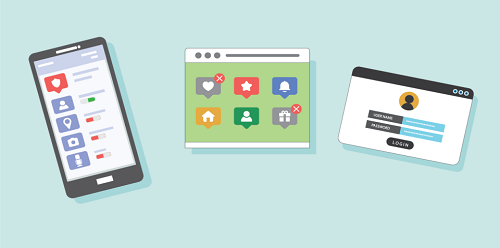Protect Your Mobile Phone from Hackers
Your cell phone holds some of your most sensitive personal information. Things like your passwords and account numbers, emails, text messages, photos, and videos. If your phone ends up in the wrong hands, someone could steal your identity, buy stuff with your money, or hack into your email or social media accounts.
Here’s how to protect your phone:
- Lock it. Keep prying eyes out of your phone by setting it to automatically lock when you’re not using it and create a PIN or passcode to unlock it. Longer passcodes are better, so use at least six digits. After you’ve set it up, you might be able to unlock your phone with your fingerprint, your face, or your iris. Here's how to set it up >
- Update it. Your operating system has security features built into it. And phone manufacturers regularly push out free updates to protect you against security threats. Set your phone to automatically update the operating system to stay up with the latest protections. Here’s how to update your phone >
- Back it up. The convenience and portability of our phone puts it in peril. We might break or lose it. Or an opportunistic criminal might steal it. Back up your phone to the cloud or an external drive. That way you can recover your information if something goes wrong. And turn on the feature that helps you track a lost or stolen phone – it also lets you remotely lock or erase your phone if someone steals it, or you can’t find it. Here’s how to back up your phone >
- Get Help Finding a Lost Phone. Mobile operating systems have a program that helps you find your phone if you lose it or lock it or erase it if you think someone stole it. Go to your settings and turn on this feature. Here’s how to set it up >
Learn more about the latest consumer advice and scams — and what you can do to protect yourself. Visit https://consumer.ftc.gov/consumer-alerts for more information.
Online Source: Alvaro Puig, Consumer Education Specialist, consumer.ftc.gov
